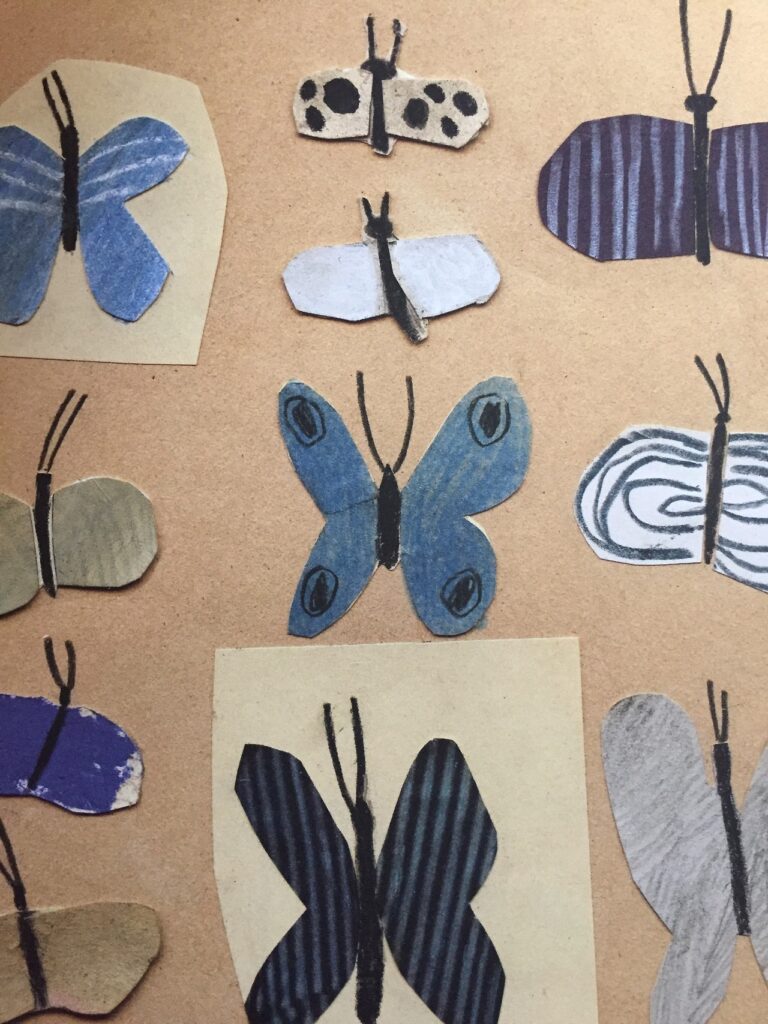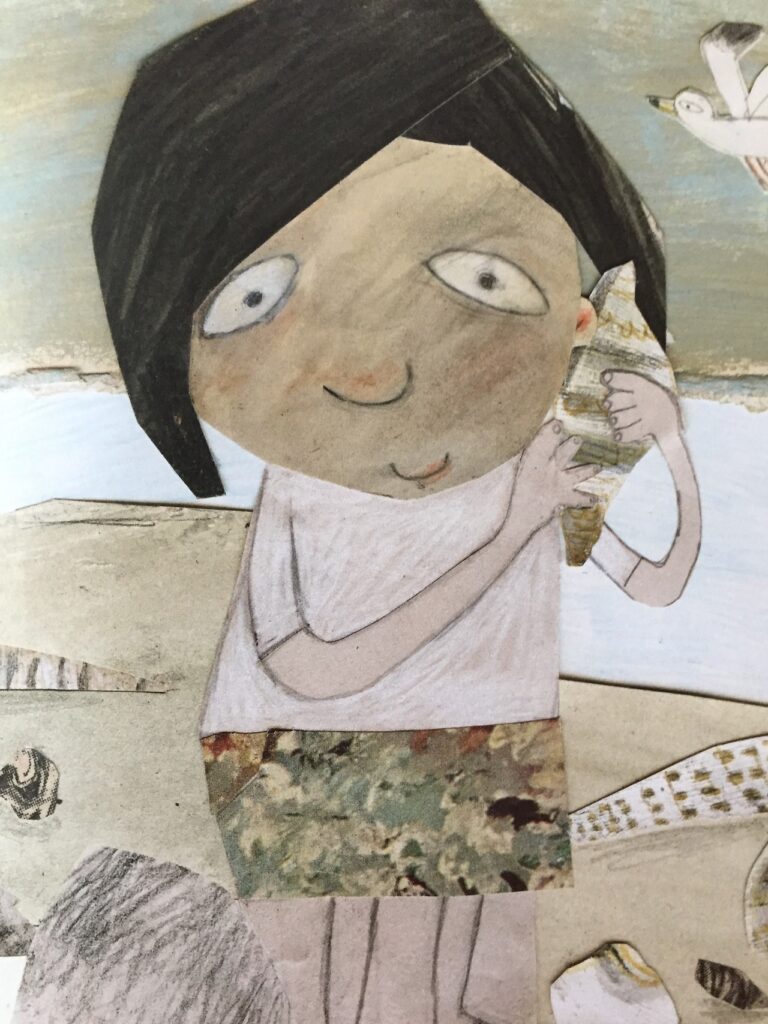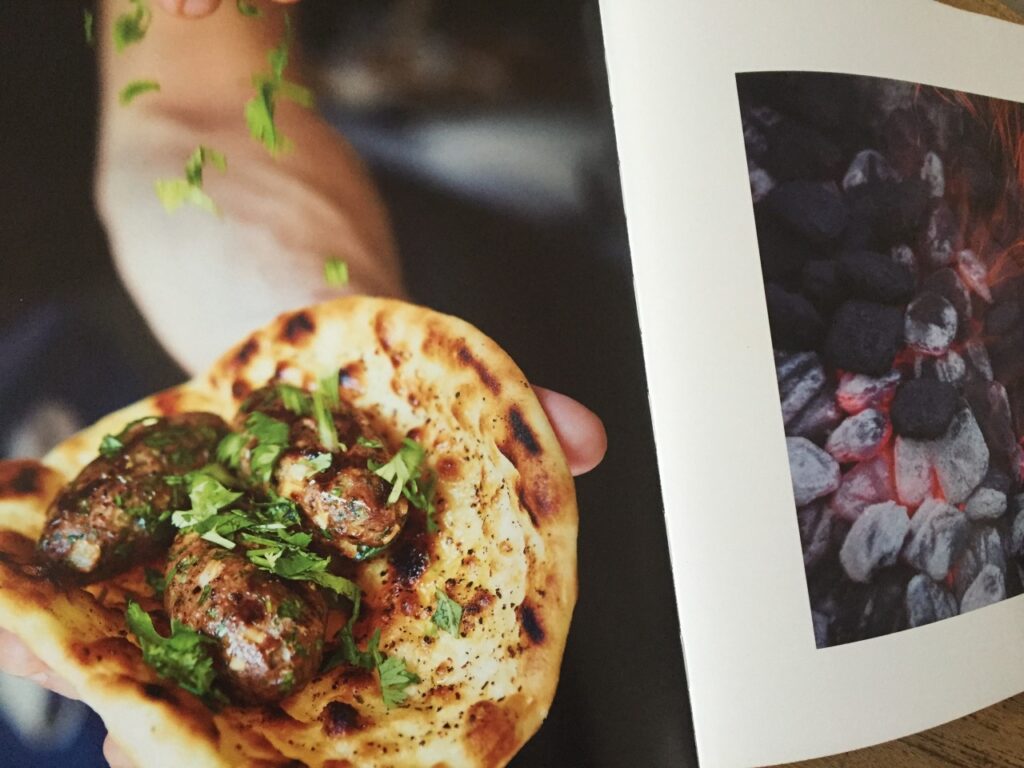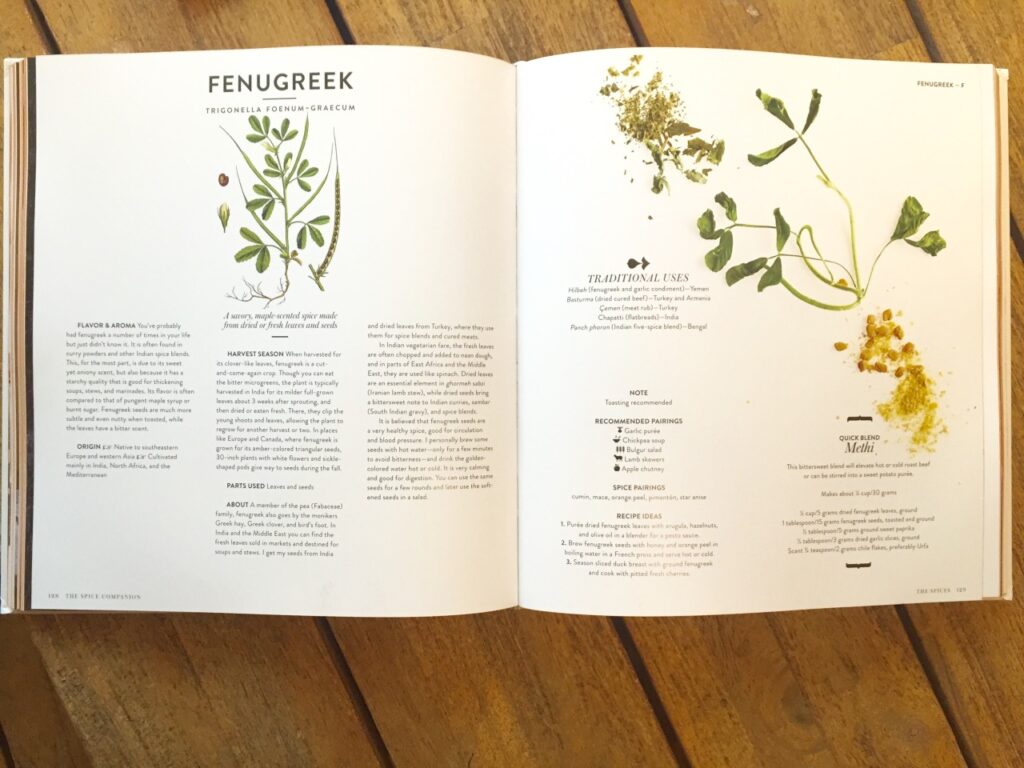All the World a Poem / The Spice Companion
Books That Belong On Paper Issue No. 33
Books That Belong On Paper first appeared on the web as Wink Books and was edited by Carla Sinclair. Sign up here to get the issues a week early in your inbox.
ALL THE WORLD A POEM IS A BEAUTIFULLY ILLUSTRATED INTRODUCTION TO THE WORLD OF POETRY









All the World a Poem
by Gilles Tibo, Manon Gauthier (Illustrator)
Pajama Press
2016, 32 pages, 9.0 x 0.4 x 9.0 inches, Hardcover
Cornflower blue moths and butterflies, drawn in crayon on bits of cut paper line up in formation, as if pinned in an antique butterfly collection. Arctic foxes slink through a wintery forest sketched in charcoal. A seagull soars overhead as a child at the beach listens intently to the roar of the ocean within a found shell. A girl dressed in plaid clutches her lovely hat, which nearly takes flight from a breeze as she stands in a field strewn with sheep. In a bed piled high with cheerful stuffed animals, a boy settles in for bedtime. A mockingbird sits amidst huge yellow blooms.
Last fall my family and I traveled to Montreal for the first time. While we were there, after a breakfast of chewy Montreal-style bagels, we visited the Montreal Museum of Fine Arts. I discovered the children’s book All the World a Poem in the gift shop, in its original French. Since my rudimentary French consists of the phrases, “Ou est la bibliotheque?”, (which I used once while in Montreal) and “Les yeux sans visage”, (which I did not use at all), I waited until I returned to the states to order it in English for my grandchildren.
Consisting of simple poems and charming cut-paper collages, All The World A Poem’s whimsical images are constructed from snippets of yellow lined legal paper, Japanese artwork, chunks of what appears to be wallpaper, and enthusiastically tempera-ed construction paper. Scribbled and doodled hillsides dotted with wildflowers, colored penciled evergreen shrubs, and jagged tropical leaves rendered in a muted color palette of slate grey, mossy green, and maize yellow, evoke a subdued, gentle landscape. Not dissimilar to what one might find hung on an elementary schooler’s refrigerator by magnets, All the World a Poem’s illustrations are accessible and familiar, depicting relatable themes of playtime, bedtime, and the seasons. With its childlike, easily recognizable sketches of flora and fauna, paired with descriptive, emotional poems, All the World a Poem is an effortless read, and a great introduction to the world of poetry.
– SD
BREATHTAKING BOTANICAL ILLUSTRATIONS AND PHOTOGRAPHS IN A GUIDE TO THE WORLD OF SPICES








The Spice Companion: A Guide to the World of Spices
by Lior Lev Sercarz
Clarkson Potter
2016, 304 pages, 9.3 x 1.3 x 10.3 inches, Hardcover
I pretty much sprinkle the same thing on every meal. I am admittedly heavy-handed with the cayenne on my own plate and rarely stray from the variety of basils I grow in the summer or bundles of dried rosemary in winter when cooking for my family. I am much more apt to get creative with spices while baking, to savory up my sweets. Lior Lev Sercarz’s The Spice Companion has got me pretty excited to change things up.
This book is an absolute must read for anyone who likes to cook. In it, Lev Sercarz, celebrated culinary expert and master of spices, walks readers through a collection of spices chosen based on the criteria of: 1) can be found anywhere and 2) are essential in certain parts of the world. He opens with a few short essay-like chapters on his own culinary journey, the history of spices, and overviews on procuring, blending, and storing spices, all written in an inviting tone that makes the reader, no matter how novice in the kitchen or rote in their culinary routine, feel excited and encouraged to experiment with spices. They serve as thoroughly informative, enjoyable appetizers to the main course of the collection: the spices.
“Any dried ingredient that elevates food or drink is a spice,” Lev Sercarz writes. His alphabetically organized curation of spices is gorgeously photographed by Thomas Schauer, who also gives us plenty of food-porn shots spanning the lifecycle of spices (from herbs still growing to well-seasoned meals) throughout the text. The spices themselves are shot both whole and deconstructed, each with its own two-page spread. The first page of each is like a mini spice biography or encyclopedia entry, including a botanical illustration, the characteristics, origin, harvest season, and history. Schauer’s photographic spice portraits tumble across the second page, framed by factoids on traditional usage, recommended dish and spice pairings, recipe ideas, and “quick blend” recipe. There is also a great collection of 15 “Classic Spice Blends” recipes at the back of the book.
09/24/24






